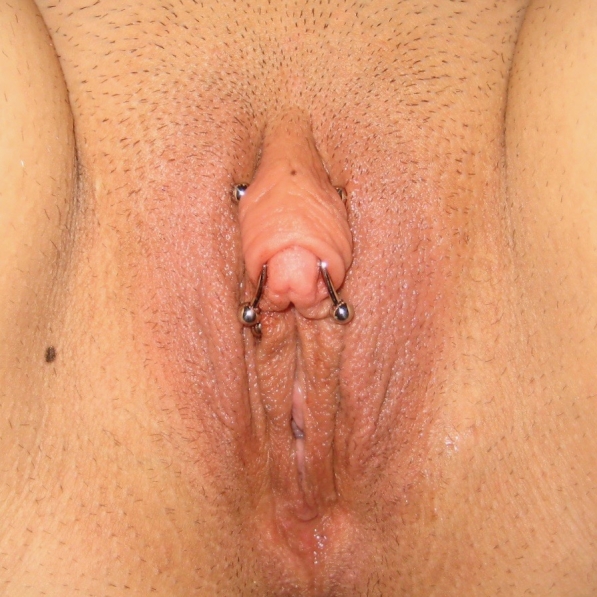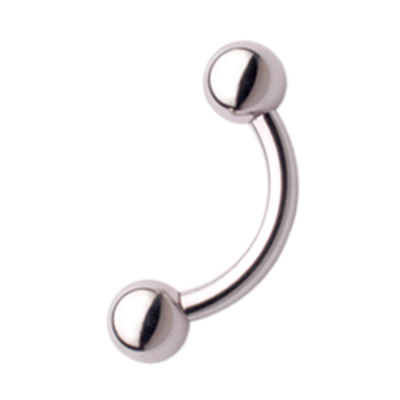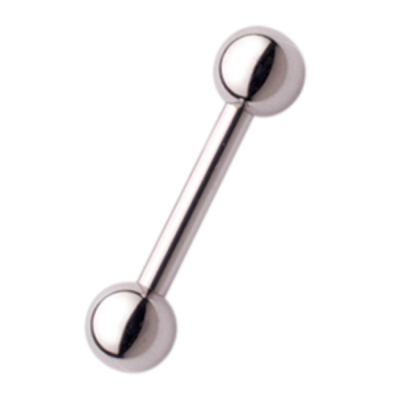
Years back I invented a new type of vulva piercing that I called "Princess Dianas." Since I developed the placement and coined the term initially, I determined that they are called "Dukes" when they're on a transman/FTM. This was in deference to said young man (pictured left), who said he wanted the piercings, but asked if we could call them something less girly.
The moniker still pays homage to the royal theme, but is a more masculine term that is befitting a transman and/or testosterone-enhanced anatomy, and those of non-binary gender identities.
Want to get pierced by Elayne Angel?
Placement
Duke piercings are identical to Princess Diana piercings, except that they are on non-cis female anatomy.
Ordinarily they are done in pairs; however, if you are asymmetrically built, with more tissue on one side of your hood/foreskin than the other, a single Duke could be a good option. Duke piercings are generally angled, commonly at about eleven and one o'clock, ten and two o’clock, or nine and three o’clock. Amply built folks can have both a VCH and two Duke piercings.
Jewelry
Barbells in 14 or 12 gauge are the initial jewelry of choice. I might be willing to do 10 gauge if you're very full built. Both straight or curved posts can work in this region. A curve provides a small amount of extra room without added length. On Princess Dianas I normally size them without extra room, so that the post is not very visible. But I've found that testosterone-enhanced anatomy tends to experience more growth during arousal, so it may be wise to leave some extra length on the bars for comfort during erection.
The way the jewelry rests underneath the hood/foreskin and against the glans will be affected by the shape of the bar, so the straight and curved options will feel a little different. Depending on anatomy and piercing placement, straight bars may end up contacting the glans more than a curve does. Let comfort and safety take precedence during healing, and after that, personal preference can be your guide.


Procedure
My standard procedure is to use a needle receiving tube (NRT) under the hood/foreskin. The piercings are done through the dots that have been marked for placement and into the tube, which protects your glans underneath. The skin that is pierced is often much thinner than that of an earlobe. Some guys do have thicker hoods; these may be a bit more sensitive to have pierced and can take a little while longer to heal.
You might find that prepping under your hood/foreskin with a swab or the pressure from the receiving tube is the most uncomfortable part of the procedure. When performed properly, the sensation of the piercing itself is very brief, and afterward there is seldom lingering discomfort. By the time you are dressed, you’re likely to find that your piercing(s) feel good already, or simply that you notice something is there. It is also normal to feel nothing different at all.
Learn which piercing(s) you are built for?
What My Happy Clients Say
Thanks you so much for doing my Duke piercings. You made me so comfortable and I was so surprised how fast you do the piercings. I am so glad I found you and you did my piercings.
I will see you in a year for the triangle.
